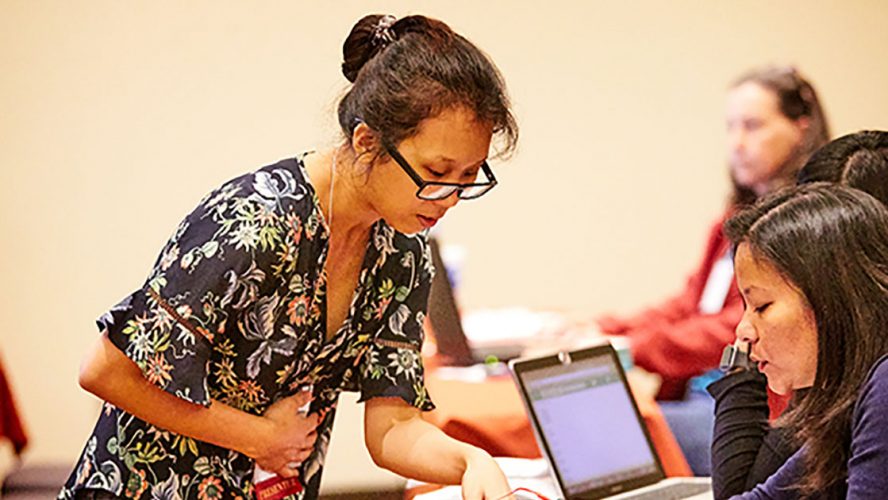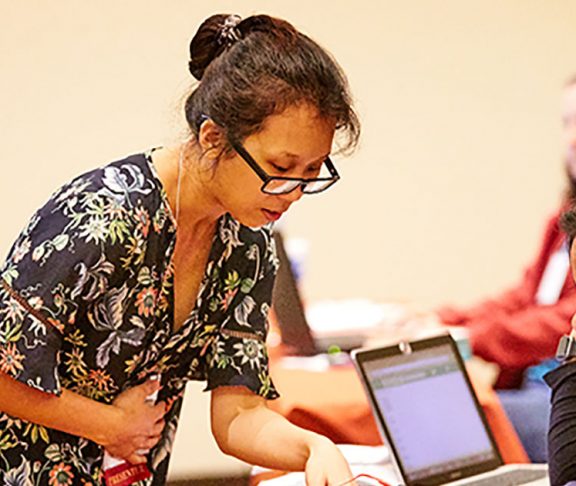Everywhere you turn, your experiences are becoming increasingly personalized. Whether it’s Netflix personalizing your watch list, Amazon personalizing your shopping or your doctor personalizing your medicine, we expect the world to adapt to our individual needs. But what about our schools? Can learning also be personalized?
The answer is a resounding yes. In fact, personalized learning is a growing trend across the nation. Done well, it can be an incredibly powerful approach for educators to help students learn more effectively.
Better for students
At its heart, personalized learning is an approach where the pace and the learning activities are adapted to the needs of individuals, and content is aligned to the interests and passions of the learners. This is a huge motivator for keeping students moving forward, even when they hit rough patches.
A great teacher personalizes learning with or without technology. But a teacher can meet the learning needs of individual students much more effectively with technology than without it. Imagine trying to keep track of 30 students all moving at different speeds through different learning activities and working on projects of their own design and interest. It’s an amazing space to be a learner, but can be difficult for a teacher to manage.
Technology has the ability to provide teachers with real-time dashboards that show where students are, what they need next and whether they’re progressing as expected. Students and parents also have access to this information so they can take more ownership of the learning.
What teachers need
But true personalized learning is not as easy buying a device or downloading an app. Using technology to personalize learning requires teachers to learn new skills and to think about teaching in new ways. Too often, schools are quick to provide devices and software, but slow to provide the professional learning and mentoring experiences teachers need to really master this approach. If schools skimp on supporting teachers, they won’t see the real benefits.
That’s why we need parents and communities to raise their voices to advocate that personalized learning be about the teachers not the technology. When we take a learning-first, technology-second approach, we set up our teachers and our students for success.

